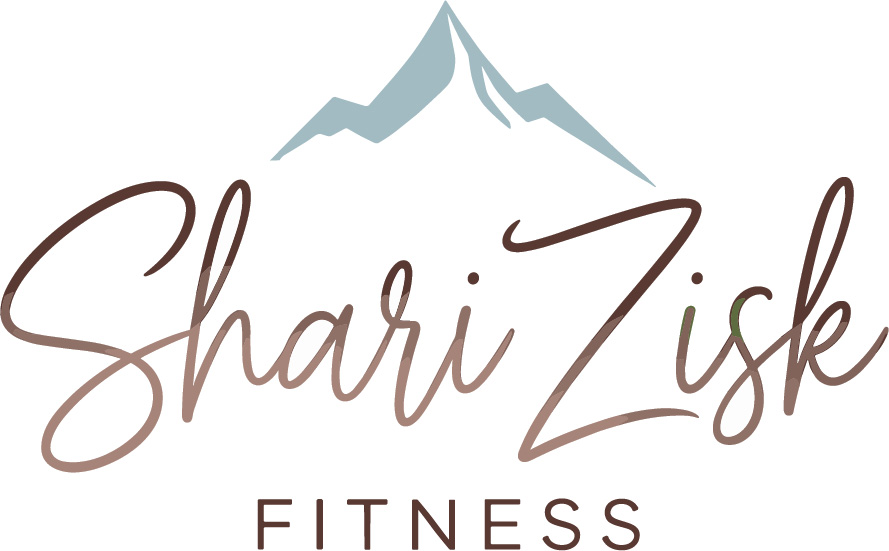
Core, midline, waist, belly, abs—these terms resonate with us all and reflect our desire for fitness and for looking good. Drawing from over twenty years in the industry, I know that using these words in my marketing captures people’s attention for my classes and programs.
Typically, these classes feature the reworked series of the same classic moves: crunches, planks, and woodchops. But imagine a novel approach to targeting your waistline—one that doesn’t involve powders, creams, or injections.
Imagine this: Would a trickle from your hose or a full-open blast of water be more effective at cleaning a muddy driveway? The concept aligns with trimming those extra layers around your middle. A wide-open flow toward and away from your waist supports metabolism (fat burning). However, many of us are so congested that our fat is literally blocked from escaping. This isn’t an exact scientific explanation, but it captures what truly happens at the fascia level. Dehydrated fascia may be the missing key to refining your midsection strategy.
Fascia, the intricate web of fluids and fibers supporting your body, serves as a messenger and transporter, aiding in fat loss. Dehydration can hinder its communication and transport functions, causing stubborn spots that resist diet and exercise no matter how you move, sweat, and nourish.
Much of that spare tire may not be fat at all; it could be accumulated fluid (and possibly toxins). Dehydration of the fascia below or above the abdomen can obstruct message flow and fluid transport, leading to pooling around the middle. The good news is that your results could be super-quick once you restore flow.
Start by recognizing signs of fascia dehydration: stiff joints, tight muscles, muscle knots, and tender spots. These indicate areas where fascia fluid is missing, leaving a mess of nerves, collagen, and elastin fibers without the gel-like fluid matrix that keeps them functioning.
Common areas of fascia dehydration include the pelvic girdle, shoulder girdle, and diaphragm. Given the many muscles involved, a comprehensive fascia hydration program is key.
One effective way to hydrate fascia is by using a soft ball or foam roller. Fascia, like a sponge, responds well to gentle, short-duration compression, which creates fluid exchange.
“The tissue is literally squeezed like a sponge, transporting metabolites and lymph away, and then partly refills with new and fresh water from the blood plasma in the small capillaries. This stimulates the metabolism and improves fluid supply to the fascia, but also to associated organs.”
-Robert Schleip, Fascial Fitness
Try hydrating your fascia in these areas, above and below your core, with a foam roller. Glide over each zone in small areas of 1-2 inches, spending a little more time gently nudging up to painful, tender, or knotty areas.
Pelvic Girdle
– Back of thighs
– Inner thigh
– Outer thigh
– Top of thigh
– Calves
-Shoulder Girdle
– Side Shoulders
– Side (Upper) Ribs
– Upper back
– Chest
For a comprehensive and superior strategy, my go-to fascia care is the MELT Method. MELT helps you identify dehydrated fascia and uses textured foam rollers, small balls, and lengthening techniques for quick and effective fascia hydration.
Or, find a knowledgeable trainer who can teach you foam roller techniques or attend/stream a fascia-care class. Lauren Roxburgh at Aligned Life and Bon Crotzer, creator of The FLOSS, are both fascia specialists with streaming classes.
As you embark on this journey to sculpt your hourglass waistline, remember that small changes can yield significant results. By understanding and nourishing your fascia, you’re not just shaping your body but also enhancing your overall well-being.
Embrace the process, enjoy the movements, and celebrate every step forward. Whether you’re rolling on a foam roller or attending a fascia-care class, know that you’re investing in yourself and your health.
Here’s to a hydrated and happier you!
-Shari Zisk
I started pumping iron and drinking green smoothies in my teens. Now a 40+ mama with 25 years of experience working in the fitness industry, I do things differently. What I discovered during my personal healing journey made me pivot in my approach as a personal fitness and wellness coach. Now I teach people how to sweat, nourish and glow from an entirely new perspective.

